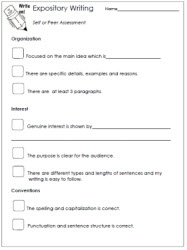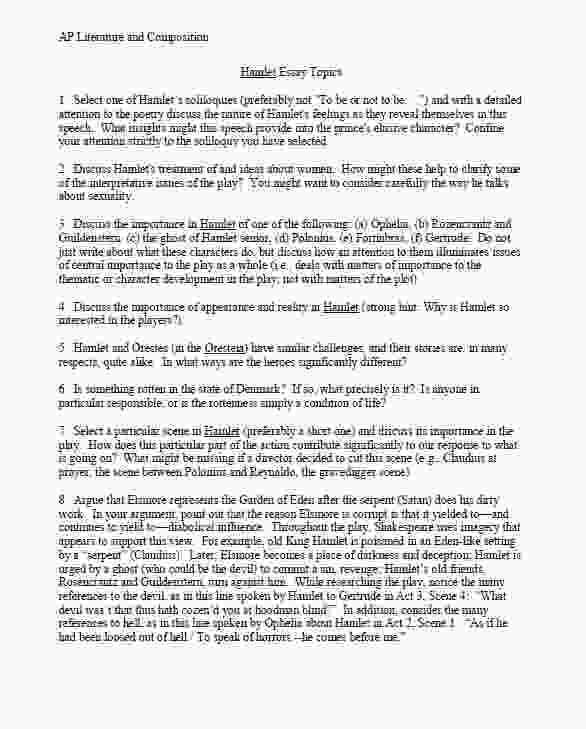Difference Between Muscarinic and Nicotinic Receptors.
Muscarinic Agonists Accession Number DBCAT000447 Description. Drugs that bind to and activate muscarinic cholinergic receptors (RECEPTORS, MUSCARINIC). Muscarinic agonists are most commonly used when it is desirable to increase smooth muscle tone, especially in the GI tract, urinary bladder and the eye. They may also be used to reduce heart.Receptors in Intestinal Muscles. 1035 words (4 pages) Essay in Biology.. Atropine acts on the muscarinic receptors and blocks their action. Thus it prevents acetylcholine from binding to the receptor and stimulating it.. If you are the original writer of this essay and no longer wish to have the essay published on the UK Essays website.Muscarinic Antagonists. DBCAT000534 Description. Drugs that bind to but do not activate MUSCARINIC RECEPTORS, thereby blocking the actions of endogenous ACETYLCHOLINE or exogenous agonists. Muscarinic antagonists have widespread effects including actions on the iris and ciliary muscle of the eye, the heart and blood vessels, secretions of.
The Effects of Agonists. 1340 words (5 pages) Essay in Biology.. These muscarinic receptors are blocked by atropine, an anticholinergic drug. Atropine prevents the effects of acetylcholine by blocking its binding to muscarinic cholinergic receptors (1).. If you are the original writer of this essay and no longer wish to have the essay.Muscarinic antagonists (antimuscarinic agents) are a group of anticholinergic drugs that competitively inhibit postganglionic muscarinic receptors.As such, they have a variety of applications that involve the parasympathetic nervous system.Which organ systems are most affected by an antimuscarinic agent depends on the specific characteristics of the agent, particularly its lipophilicity.

Muscarinic Agonists and Antagonists: Effects on Gastrointestinal Function 359 component based on the ability of the antagonist to interfer e with the competitive effect of a purely competitive.












